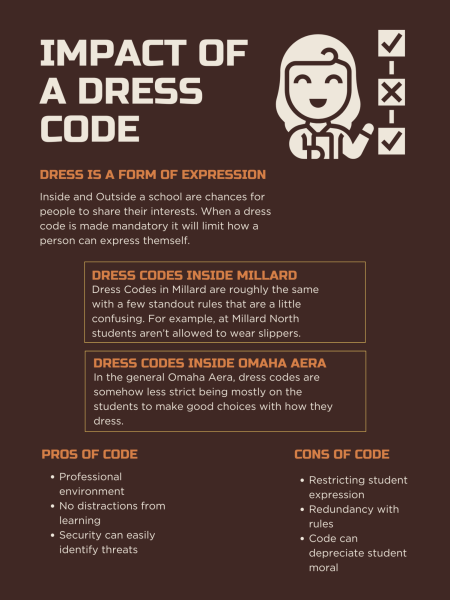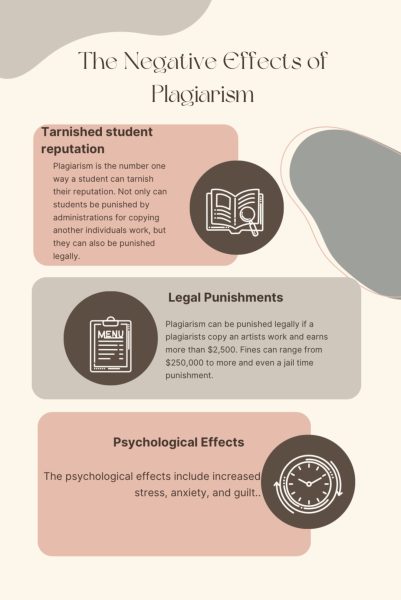Giving student athletes more credit
Rethinking mandated PE credits

Participating in a school sport should exempt students from a gym credit.
December 6, 2021
America runs on Dunkin’- and Mcdonald’s, Burger King and Wendy’s. Fueled by the ever-growing fast food industry, excessively large food portions and physical inactivity, the United States has the 12th highest obesity rate across the globe, but this problem is not limited to adults. According to the Center for Disease Control and Prevention, 21.2% of 12- to 19- year olds in America are obese.
Childhood obesity is a huge problem in the United States. In order to combat this overwhelming statistic, most school districts require students to take gym classes. The state of Nebraska requires physical education for grades K-8, but leaves it up to local school districts to decide whether or not they will require it for grades 9-12. Millard Public Schools requires their high school students to take 15 credits, or three one-semester classes, of physical education in order to graduate.
Mandated PE classes sound like a great idea- in theory. Requiring students to take part in gym classes at school causes them to to be physically active on a regular basis and establish a healthy habit of exercising daily. Leading an active lifestyle and establishing this routine at a young age reduces risk for health problems such as diabetes, depression, and heart disease later on. Physical education classes are a great way for students to establish these healthy habits early and stay active.
But what about the students that already participate in organized physical activity every day? Do we discredit the teenagers that wake up early every morning to lift weights, and then stay after school every day, practicing for hours? If a student is involved in a school-sanctioned sport for a full season, they should be exempt from one PE credit per season they participate.
Being a student athlete is a huge responsibility. It can be physically demanding and take up a lot of time. One gym class at Millard West is typically one semester, or about eight weeks. One class period is 90 minutes long, minus about ten minutes at the beginning and end of each period to change. However, a study from MSNBC found that in a 45 minute long gym class, students spend an average of only 16 minutes being physically active. Even at Millard West where class periods are 90 minutes, that would be an average of only 32 minutes being active, a little over one third of the class period.
Similarly, the season for most high school sports is about two months long- plus off season conditioning, which can add an extra couple of months of regular physical activity. School sanctioned sports typically have practice every day after school lasting for around 90 minutes every day. While this is the same duration as a gym class, students at a sports practice stay more active during the 90 minute period than students in the gym classes.
Last year, I was on the girls JV tennis team at Millard West. Our season began in early March and ended mid-May. We had practice every school day for an hour and a half, and conditioning for the same amount of time every day two months prior to the season starting. While at practice, we were constantly moving and staying active for the majority of the ninety minutes.
Clearly, participating in school-sanctioned sports involves more physical activity than a gym class. Requiring students to take three PE credits in high school takes away time and opportunities for students to take classes that actually interest them. While it is important to keep teenagers healthy and in shape, students who are already physically active shouldn’t have to waste time in a gym class. Although there are many technicalities that would have to be worked out, allowing sports to count as a PE credit has many benefits.
















